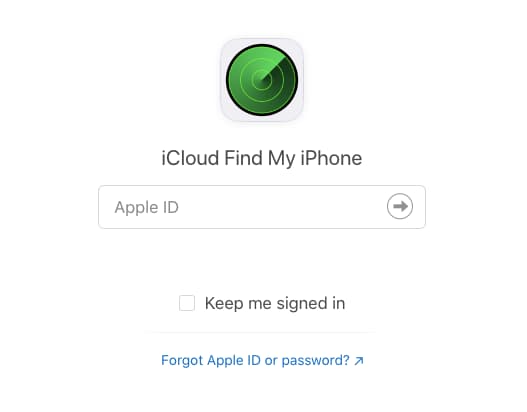We are living in a world dominated by technology. But technology can also be a major weakness in your business and day-to-day life.
Cyber threats are rising as more businesses expand, and people rely on technology to communicate and run their daily lives.
Are you considering beefing up your security and preventing cyber attacks in the future? It’s important to be educated on common cyber attacks and how they operate.
Keep reading to learn more about the cyber attacks of 2023 and how to prevent these in the future.
Phishing Attacks
Cybercriminals use phishing attacks to get personal information from users. Examples of these are their passwords, bank account numbers, and credit card numbers.
Fake emails that look like they came from banks, government agencies, or online payment processors are often used in this kind of attack. People who don’t know it often click on links in these emails that cause malware to be put on their computers.
Phishing attacks can spread through instant messages, pop-ups, and online forums. Consumers should know that phishing attacks are dangerous and take steps to protect themselves. They should use strong passwords, not click on suspicious links, and not give out personal information online.
Ransomware Attacks
Ransomware is malware that locks down computers or encrypts digital files until a ransom is paid. They can be spread by phishing scams, bad emails, and even fake websites. It usually gets into a user’s computer, locks them out, and then asks for money to get back access.
Sadly, these kinds of attacks are happening more and more often. Not only are they getting more and more popular, but they are also getting more and more sophisticated.
Because of this, organizations need to spend money on strong security solutions and user training. This will protect them from these attacks. If they do, these attacks could prevent them from losing data and money and hurt their brand.
Malware Attacks
Malware is malicious code made to hurt, disrupt, or disrupt computer networks and systems. Malware attacks are often started by attackers who get into a user’s computer and use malicious code to infect and take control of the system. These attackers could steal data, spy on users, or as a means of ransomware.
Malware attacks are getting smarter, and with just a few clicks, they can quickly spread to thousands of systems. Companies needing more time to be ready for these kinds of threats could lose sensitive information or steal their data.
Organizations need to make sure that their networks are safe. They must also ensure they have the tools to find and stop malware attacks before it starts.
Distributed Denial of Service (DDoS) Attacks
DDoS attacks work by sending a lot of unwanted traffic to a website or app, which causes the server to become overloaded and stop working properly. These attacks are getting smarter and bolder making them difficult to spot and protect against. DDoS attacks can be made for many reasons, such as to make money, get back at someone, or for political or ideological reasons.
It’s important to use a secure firewall and set up secure internet protocols to protect against DDoS attacks. It will also help to keep an eye on the traffic to your website and look for anything strange or suspicious.
For example, sudden spikes in traffic could be a sign of an attack. Having the right tools and services, like a strong threat intelligence system and a content delivery network, can also be helpful.
Zero-Day Exploits
In this attack, hackers take advantage of security holes in the system to get into the data and systems of users. A Zero-Day exploit is malicious code or a program that takes advantage of a security hole that was not known before.
To stop this kind of attack, it is important to make sure that all software and systems have the most recent security patches and updates. Developers often release patches to fix known security holes. It is important to install these updates as soon as possible.
You also need to put in place security measures like a firewall intrusion detection system and antivirus software. This can help stop these kinds of attacks.
Credential Stuffing Attacks
In these attacks, hackers use stolen or leaked databases of credentials to break into systems that use those credentials to get in. Attackers can get into systems quickly and easily using data that was stolen or leaked login information against thousands of consumer accounts.
So, even though many organizations have multiple layers of security, they need help to keep their systems safe. To adequately protect their networks and systems, organizations should consider hiring cybersecurity services for ensured digital security.
Also, businesses should take steps to warn their customers about the possible dangers of credential stuffing attacks. They should also teach their employees to use strong passwords that are different for each account.
Supply Chain Attacks
Malicious cyber attacks that target the IT assets that make up a company’s supply chain are called supply chain attacks. This includes third-party suppliers, suppliers of parts and services, and the IT infrastructure used to manage a company’s whole network of suppliers.
Attackers can put in malicious code through holes in the supply chain system. This can then be used to get to data and resources that are usually off-limits. Once attackers get into the supply chain, they have almost unlimited access to a company’s private information.
Businesses must have a secure authentication system. They must also have their antivirus software updated to protect themselves from these threats.
Also, companies should keep a close eye on their access logs and regularly patch their networks. Businesses can better protect themselves and their supply chains from cyberattacks if they are ready and know what to do.
Don’t Let These Cyber Attacks Trick You
In conclusion, cyber-attacks are multifaceted. As technology continues to advance, so will the sophistication of cyber attacks. Implementing the latest security measures can greatly help mitigate the risks of being targeted by cyber attacks. Remember to stay one step ahead of cyber threats and consult professional security experts; your future may depend on it.
We hope this article was useful to you. If you enjoyed it, be sure to check out our blog for more great articles.



